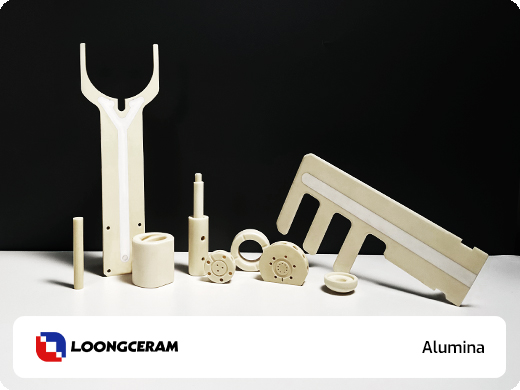CompressiveStrength
Maximum Temperature
Advanced ceramics work at temperatures way above standard ceramics that are clay based , theseare typically in the region of 650c, and advanced ceramics are considered up to 2200c and thenspecialist ceramics classed as UTC or ultra high temperature ceramics operate above thattemperature band but these are rare materials. When compared to stainless steel this melts between1400-1500c, so advanced ceramics can provide a useful solution in critical applications such as aeroengines and semiconductor heaters.When considering materials to be used around 2000c attention should be paid to the atmosphere asmost of these materials are nitride or carbide based , and need an inert atmosphere to work as thepresence of oxygen can limit the temperature at which these function.At higher temperatures, its worth discussing other operating conditions such as thermal shockelectrical performance to understand the requirement fully, Materials such as silicon Carbidefunction well at 2000c and work well with thermal shock, but are not electrical insulators, andalternate materials such as Boron Nitride or Shapal may need to be considered.
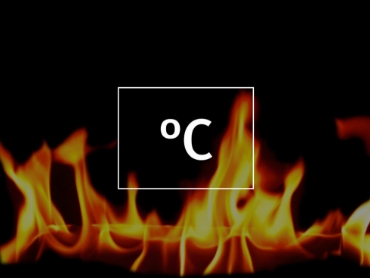
Materials Ranked by Maximum Temperature (Inert)
Boron Nitride (BN) is top of the charts when it comes to maximum temperature withstanding temperatures up to 2000℃. It also has outstanding thermal conductivity and has good machinability amongst other attributes. A close 2nd is Shapal Hi M Soft™ withstanding temperatures up to 1900℃ and also offering high mechanical strength and thermal conductivity.
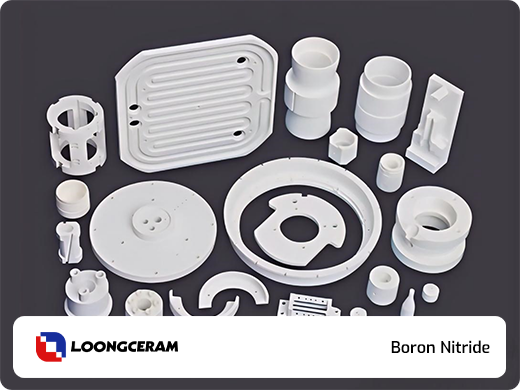
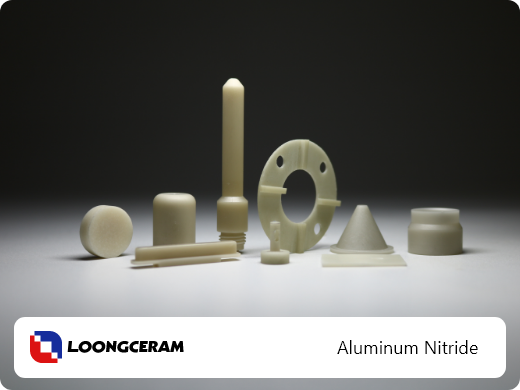
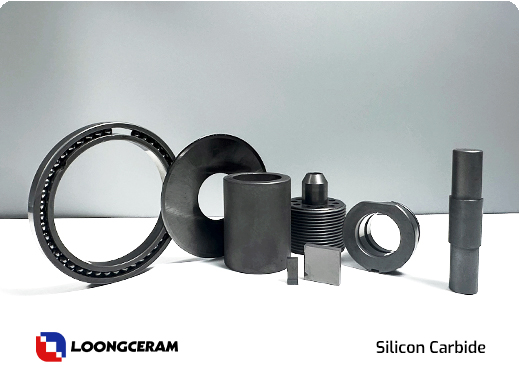
Related Properties
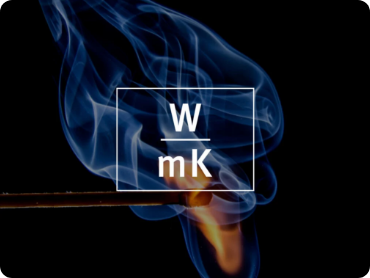
Thermal Conductivity
Thermal conductivity measures how easily heat is transmitted through a material. There is a growing specialist market for advanced ceramics use in applications with high thermal conductivity requirements.
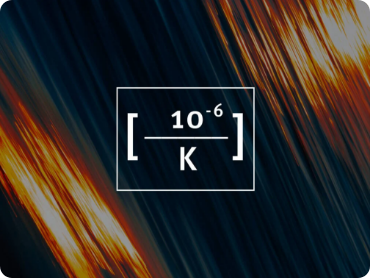
Thermal Expansion
Advanced ceramics have generally low coefficients of thermal expansion which is the measure of how much a material expands due to a rise in temperature. When heat is applied to most materials they expand due to their atomic structure, due to ceramics atomic composition they are able to stay stable across a wider range of temperatures.
